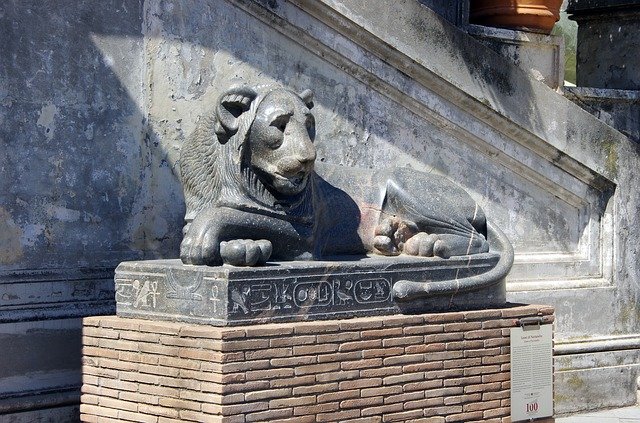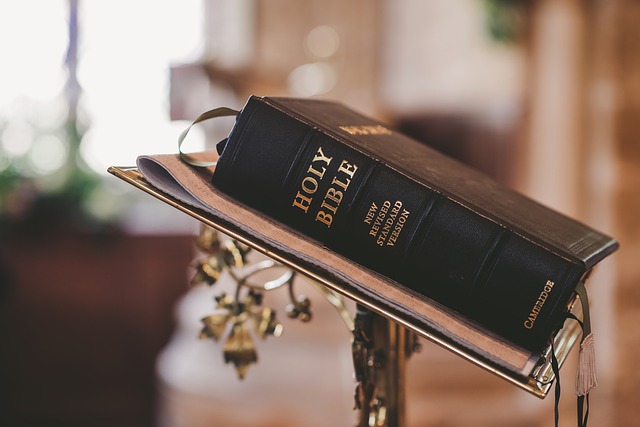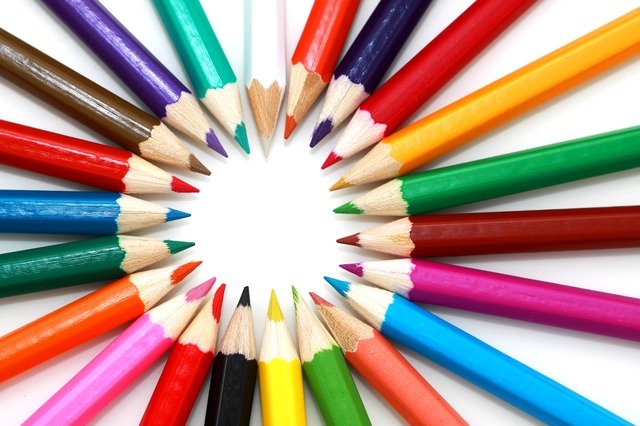Different costumes, different manners
Eachcostumeidentifies and approximates the region and the skill of those who wear it. They are characterized by lace, beads, embroidery, and other embellishments, and are also distinguished by fabric and cut. These original garments were passed down from mother to daughter and father to son. They were also made according to the season in which they were worn (spring, summer, fall, or winter), from casual to festive. They were also distinguished by season (spring, summer, fall, and winter). They were also meant to represent the profession of the wearer.
These distinctive suits are not often worn today, but can be seen wherever folklore festivals and other events in the historical spirit are held. 9] 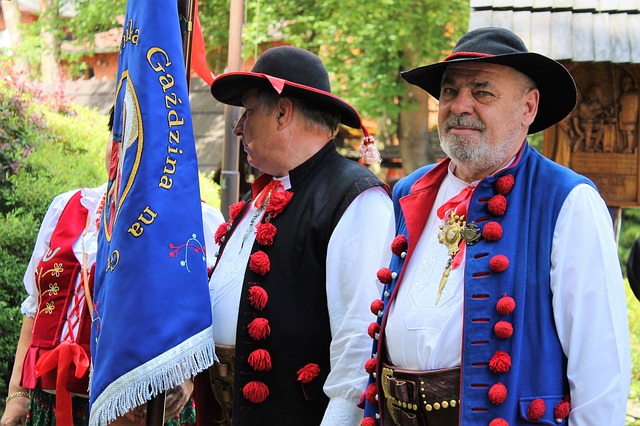
By wearing these suits, especially in rural areas, regional and status differences were distinguished. This distinctive costume became established in the 18th and 19th centuries. Unfortunately, as the years passed, this costume was no longer worn in everyday life and was only found in some areas (Domažlicko in Moravia) and among older residents.
Like everything else, costumes have undergone constant development, reflecting the wealth (Pruzenisko in Moravia) or poverty of the region where they originated.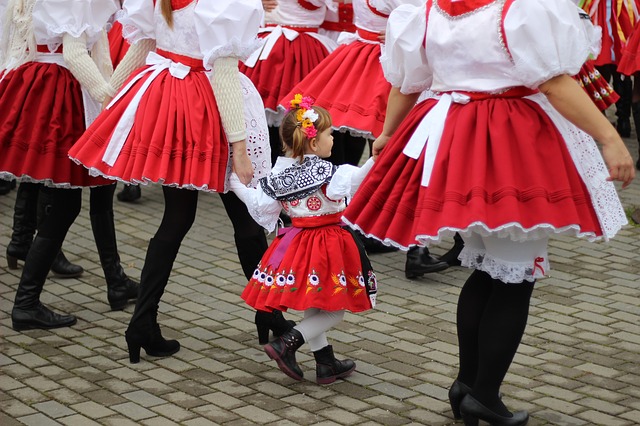
For men
Men\’s national costume consists of several parts: shirt, pants, waistcoat, cassock, and long coat.
For women and girls
Women\’s and girls\’ national costumes consist of a lace-up shirt, several layers of petticoats, ribbons, scarves, hoods, stockings, and shoes. 23]
If one wishes to acquire these fine, richly decorated historical costumes
Even if you wish to acquire one of these fine, richly decorated historical costumes, you may be put off by the price, which can run as high as 30,000 kronor, since everything from sewing to elaborate embroidery is done by hand. The cheapest item would not be shoes. Of course, shoes are not made by machine either, and there are only a few shoemakers who specialize in this field.
